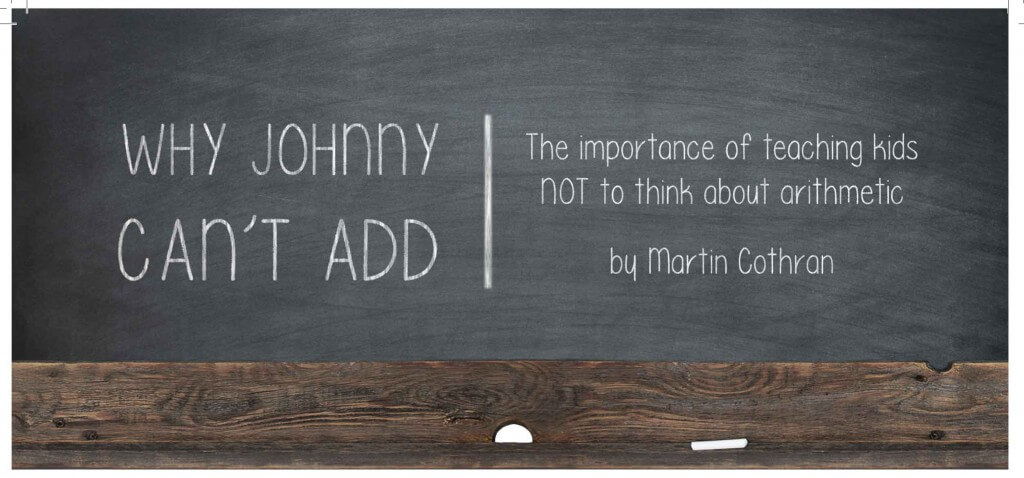by Martin Cothran
An article in today’s online edition of Education Week bemoans the fact that the arguments used against what is labeled “Common Core Math” are the same arguments that have been used since the early 1970s. The article’s author Liana Heitin, quotes Matt Larson, the new president of the National Council of Teachers of Mathematics, about the frustration many parents feel with they cannot themselves understand their own child’s math homework:
“In general, when frustration sets in for students, parents, or teachers, there is a tendency to want to place blame and find a scapegoat,” they write. “The common core became a bogeyman for every concern anyone had about mathematics education. With respect to most of these concerns, the bogeyman existed prior to 2010, but now he had a new high-profile identity.”
The article points out that similar criticisms were made by parents as early as 1972, suggesting that there are always complaining parents, who are simply ignorant of good math pedagogy.
What the article misses, of course, is the obvious fact that the reason there as similar criticisms of math instruction in schools as far back as 1972 is that math instruction is similar in important ways to the math instruction of 1972.
There are indeed “similarities between the backlash to New Math, which most schools eventually moved away from, and the common core.” But the reason isn’t because parents just like to complain about “any major curricular change”; the reason is that there is a similarity between the New Math and programs that fly under the common core banner.
Not, it should be mentioned, because of anything that the actual Common Core Math Standards actually say–they are fairly traditional in their approach. But once the educational establishment (primarily textbook companies) got a hold of the process by which the math standards were implemented, they do what they have done in every reform since the late 60s, which is to turn them into the newest version of the New Math.
As I mention in my article “Why Johnny Can’t Add,” the New Math made one major mistake–a mistake math programs keep on making: They ignore the distinction between the order of learning and the order of knowledge–between what is important understand, and what is important to teach first. This takes the form of trying to teach conceptual aspects of mathematics at an early age in disregard of the developmental capabilities of students and in disregard of the pedagogical importance of learning the procedures which must be mastered to competently understand conceptual mathematics.
This same tendency is seen in the various “math strategies” in “Common Core” Math. They are an attempt to make students think about the tools of thinking mathematically that they are trying to acquire in order to think mathematically. The arithmetical functions don’t need to be pondered; they need to mastered in order to do the more important things in mathematics.
But this is completely lost on Larson and Heitin, who are part of an education establishment that doesn’t seem to understand what lies behind today’s problems in schools.



